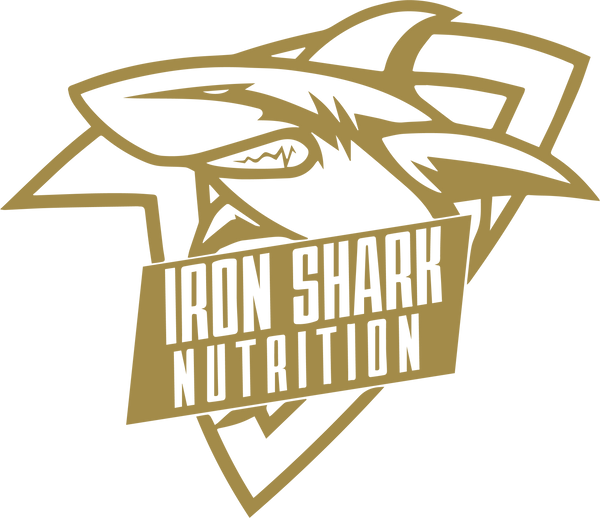Fall is approaching, and with it comes a variety of delicious and nutritious seasonal foods. Adapting your diet based on what's available each season can provide nutritional benefits while supporting local agriculture. Discover the seasonal foods to include in your diet this fall for a balanced diet.
- Squash
Fall is the time for squash, such as butternut squash, butternut squash, and acorn squash. Rich in fiber, vitamins and minerals, squash can be used in a variety of dishes, from soups to roasts, to add a dose of nutrients to your diet.
- Apples
It's apple season! Apples are a great source of fiber and vitamins, especially vitamin C. Eat them raw as a snack, add them to salads, or use them to make healthy compotes and desserts.
- Pears
Pears are also abundant in autumn. They are rich in fiber, antioxidants and vitamins. Add pear slices to salads, pair them with cheese for a healthy snack, or use them in healthy desserts.
- The mushrooms
Wild and cultivated mushrooms are popular choices in fall. They are an excellent source of plant-based protein, B vitamins and minerals such as selenium. Add them to stir-fries, omelets or soups for an umami flavor.
- Nuts and Seeds
Walnuts, almonds, pumpkin seeds and sunflower seeds are nutritious options rich in essential fatty acids, protein and fiber. Use them as a topping for cereals, salads or as an energy snack.
- Leafy Vegetables
Spinach, kale, Swiss chard and other green leafy vegetables are abundant in fall. They are rich in nutrients such as iron, calcium and vitamins A and K. Include them in salads, smoothies or stir-fries.
- Sweet Potatoes
Sweet potatoes are an excellent source of beta-carotene, vitamin C and fiber. Roasted, mashed or fried, they add a sweet and nutritious touch to your meals.
- The beets
Beets are rich in nutrients and antioxidants. Roasted, raw in salads or transformed into puree, beets are versatile and bring vibrant color to your plates.
- Leeks and Onions
Leeks and onions are aromatic vegetables that add flavor to your dishes. They contain compounds beneficial to health. Use them as a base for soups, stews or stir-fries.
- Pumpkins and Pumpkins
Of course, fall wouldn't be complete without pumpkins and gourds. Rich in beta-carotene, vitamin C and fiber, they can be used to prepare healthy soups, purees, roasts and even desserts.
Tips for a Balanced Diet in Autumn
- Eat a Variety of Foods: Take advantage of the diversity of seasonal foods to ensure a full range of nutrients.
- Favor Simple Preparations: Highlight the natural flavors of foods by preparing them in a simple way, such as roasts, stir-fries or salads.
- Shop Local: Promote local farmers' markets to get fresh food and support local agriculture.
- Listen to Your Body: Adapt your diet based on your individual needs and preferences.
By incorporating these seasonal foods into your diet, you can enjoy a variety of flavors while nourishing your body with essential nutrients. Fall offers an abundance of delicious and nutritious options to help you maintain a balanced diet.








